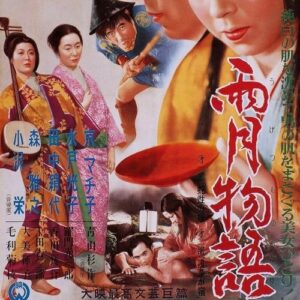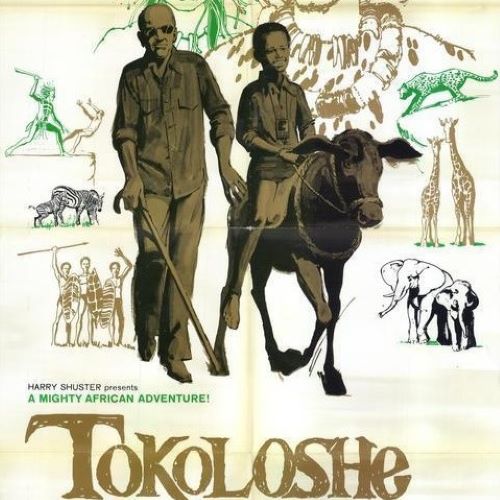Ugetsu (1953)
| Description | |
|---|---|
| Country of Origin | Japan |
| Language | Japanese |
| Genre | Fantasy |
| Cast | Machiko Kyō, Mitsuko Mito, Kinuyo Tanaka, Masayuki Mori, Sakae Ozawa |
| Directed by | Kenji Mizoguchi |

Kenji Mizoguchi’s 1953 film Ugetsu is a poetic masterpiece of Japanese cinema that draws deeply from the country’s mythological well to weave a ghostly narrative drenched in allegory and human folly. Based loosely on stories from Ugetsu Monogatari by Ueda Akinari, the film transcends historical drama and ventures into the realm of the supernatural, reflecting the traditional Japanese belief in the thin veil between the living and the dead. The mythological elements in Ugetsu are not just decorative or symbolic—they are essential, deeply embedded in the storytelling, and speak to the cultural psyche of postwar Japan.
The film follows two peasants, Genjuro and Tobei, who are consumed by dreams of wealth and glory during a time of civil war. Genjuro, a potter, becomes enchanted by the mysterious Lady Wakasa, a spectral figure whose presence is steeped in traditional Japanese ghost lore. Lady Wakasa is a quintessential yūrei—a spirit bound to the physical world by unfinished desires or trauma. Her story, that she was denied love and life due to war, reflects a recurring theme in Japanese mythology: the sorrow of unresolved spirits and the tragedy of human conflict echoing into the afterlife. Her ghostly manor and seductive allure are reminiscent of classical Noh theatre, where such spirits often haunt the living in melancholic elegance.
Mythologically, Ugetsu functions on multiple layers. It warns against ambition through the lens of karmic retribution, a central concept in Buddhist thought. Genjuro’s betrayal of his wife Miyagi and his spiritual descent into illusion mirrors the Buddhist idea of māyā, or worldly illusion. His time with Lady Wakasa is dreamlike, idyllic, and entirely unreal, emphasizing the transient nature of pleasure and success when pursued at the cost of moral grounding. The ghost-wife trope, so common in Japanese tales, is handled with extraordinary subtlety, revealing the cyclical nature of grief, regret, and redemption.
Tobei’s parallel narrative is also embedded with folkloric warnings. His desire to become a samurai leads him to dishonor and shame, further reinforcing traditional values that esteem humility and familial duty over ego. His journey, too, is one of spiritual imbalance, and though less supernatural, it underscores the karmic consequences of forsaking one’s ethical path.
What makes Ugetsu so resonant from a mythological standpoint is its quiet, almost dreamlike tone, which evokes the storytelling style of kaidan—Japanese ghost stories that blend horror with morality and melancholy. The cinematography, with its slow pans and mists over Lake Biwa, creates a liminal atmosphere where myth and reality coexist. The spirit world in Ugetsu is not a fantastical realm but one that seeps into everyday life, a belief deeply rooted in Shinto animism, where nature and spirit are entwined.
In its haunting visuals and tragic fates, Ugetsu becomes more than a war drama or romantic tragedy—it is a cinematic embodiment of Japanese mythology. It reminds the viewer that ghosts are not merely remnants of the dead, but embodiments of moral failings and historical trauma. Mizoguchi’s film, through its mythological richness, stands as a timeless meditation on human desire, the cost of ambition, and the ever-present spirits of the past that linger in our lives. It’s a film that invites repeated viewings, not just for its artistry but for its layered conversation with folklore, faith, and fate.


